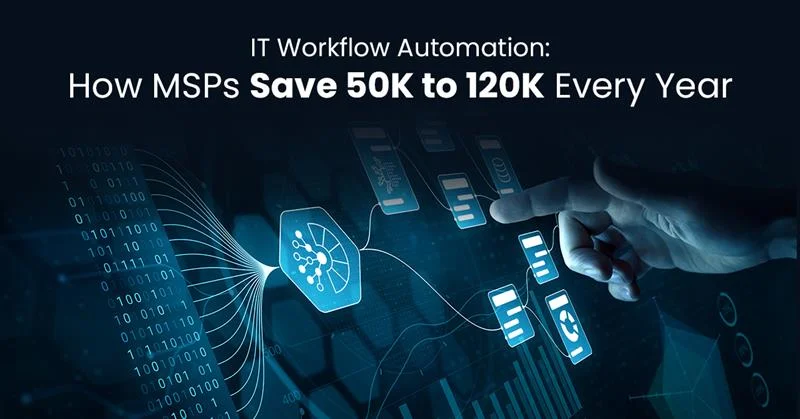Customer feedback analysis is a process of systematically reviewing and categorizing customer feedback. This process can help you spot common issues and areas for improvement. You can make targeted changes to your products or services. Addressing issues properly shows customers that you value their input, which can lead to higher satisfaction scores.
In this blog, we will discuss everything about customer feedback analysis that will help you gain a competitive edge, build customer loyalty and drive business growth.
What is customer feedback analysis?
It is the voice, feelings and perceptions of your customer about how they feel and experience about your service or product. Analyzing such feedback provides you with all the information you want on customer satisfaction levels and the whole experience. It gives you a chance to turn a poor product experience and higher churn rate into a great experience and high customer satisfaction.
Importance of customer feedback analysis
According to a study 58% of customers are willing to pay more for better customer service. It highlights the importance of customer feedback review or analysis to drive business success. Here are some other reasons you should analyze customer feedback:
- Enhance services: By analyzing feedback from your customers, you can pinpoint areas to improve your MSP services. For example, if your customer frequently mentions delays in resolving issues, you can focus on speeding up ticket resolution times.
- Increase customer satisfaction: Listening to customer feedback allows you to address a specific issue. For instance, if your customer express frustration with inconsistent communication, you can implement regular updates to keep them informed, boosting their satisfaction.
- Drive innovation: Customer suggestions can lead to new service offerings. If your customers often request advanced cybersecurity measures, you could introduce new security packages that cater to his demand.
- Reduce churn: Addressing feedback quickly helps retain your customer. For example, if a customer is unhappy with your support team’s expertise, you can offer additional training to your team. You can even match your customer with a more experienced engineer and reduce the risk of losing your customer.
How to analyze customer feedback
Analyzing customer feedback is a time-consuming process and sometimes you get stuck with it for hours. Having a roadmap with you is quintessential. Here’s the step-by-step guide to analyze customer feedback:
Step 1: Collect all data in one place
To analyze customer feedback effectively, gather all feedback data in one place. Here’s how:
- Identify all the channels where you receive feedback. This can be in-app, customer portals, surveys, forms, online reviews, social media, support interactions and emails.
- Choose a central location to store and organize the feedback. This could be a feedback management system, customer relation management (CRM) platform and data warehouse. If you prefer manual analysis, you can even choose a spreadsheet like Microsoft Excel or Google Sheets.
- Import feedback data from each source into your central repository. This may include:
- Exporting survey responses to a .CSV or Excel file
- Downloading online reviews in a standard format
- Using APIs to retrieve data from social media
- Integrating customer support systems to capture interactions
- Organize the data for easy categorization. Create fields for customer identifiers, feedback source, date, type of feedback (complaint, feature request, praise), and other relevant details for your analysis.
- Set up a process to regularly update the repository with new feedback. Schedule periodic data imports or automate the process using APIs or integration tools.
Step 2: Categorize your customer feedback
Categorize customer feedback to better understand key issues, trends, revenue impact and sentiment. Here’s how:
- Create a category framework: Develop a set of categories relevant to your business, such as product features, customer service, pricing and user experience, aligned with your goals.
- Define category labels: Choose clear, concise labels for each category, ensuring they accurately represent the topics and are mutually exclusive.
- Assign feedback to categories: Review each piece of feedback and categorize it based on its key topic. You can do this manually or with automated tools, depending on the feedback volume.
Step 3: Identify patterns
Identifying patterns in customer feedback analysis requires careful analysis and attention to detail. Here are some techniques to help:
- Sentiment analysis: Evaluate the feedback based on sentiment—positive, negative or neutral. This helps identify common pain points or areas of satisfaction.
- Keyword analysis: Look for frequently used words and phrases to uncover recurring issues that need attention.
- Theme analysis: Identify and categorize common themes like “pricing” or “usability,” and break them down into more specific topics for deeper insights.
Step 4: Prioritize actionable insights
Here’s how to prioritize insights:
- Assess how each item impacts overall customer experience or key business metrics.
- Check how well each action aligns with your business goals and objectives.
- Prioritize items that directly contribute to achieving those goals or improving key performance indicators (KPIs).
Step 5: Create the customer feedback analysis report
Create a feedback analysis report and action plan with these tips:
- Summarize key findings from your analysis.
- Identify recurring themes, both positive and negative.
- Highlight essential metrics like customer satisfaction, sentiment distribution and areas for improvement.
- Develop a plan with steps, timelines, responsibilities and resources needed to implement actions.
- Collaborate with relevant teams to ensure a coordinated effort.
Benefits of effective analyzing customer feedback
Using customer feedback surveys brings four key benefits to your business:
- Business growth: Collecting and acting on customer feedback can boost revenue. You can potentially raise prices by up to 25% if you improve the customer experience.
- Better customer experience: Analyzing feedback helps improve customer experience, which is crucial for customer retention. By addressing customer dissatisfaction, you can enhance loyalty and reduce churn.
- Improved net promoter score (NPS): NPS measures how likely customers are to recommend your company. It’s calculated by subtracting the percentage of Detractors from Promoters. A higher NPS makes it easier for customers to refer others.
- Enhanced products and services: Feedback provides direct insights into what customers like or dislike about your offerings. Analyzing this data guides you in making the right improvements to your products or services.
Why you should choose Team GPS to record and analyze customer feedback
With Team GPS, you can manage customer feedback and satisfaction better with the ability to:
- Create custom surveys to measure customer satisfaction score (CSAT), customer effort score (CES) and NPS.
- Track survey results on an easy-to-use dashboard.
- Link insights to individual scorecards to identify top-performing engineers.
- Align scores with your business goals and adjust your strategy as needed.
- Connect customer feedback to engineer performance and use it to provide better guidance during 1:1 meeting.
Schedule a meeting with us to discuss how Team GPS can help you leverage customer feedback to strengthen customer relationships.








